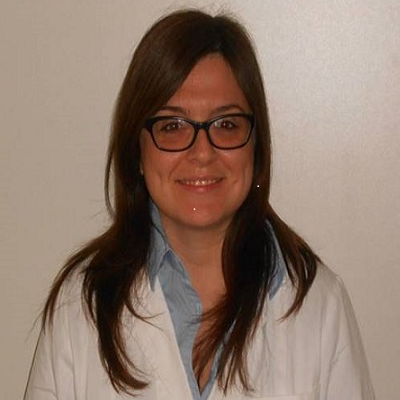Trends in Natural Products Research in the Mediterranean Region
A special issue of Molecules (ISSN 1420-3049). This special issue belongs to the section "Natural Products Chemistry".
Deadline for manuscript submissions: closed (31 October 2022) | Viewed by 7003
Special Issue Editors
2. Research Group on Foods, Nutritional Biochemistry and Health, Universidad Europea del Atlántico, Isabel Torres 21, 39011 Santander, Spain
Interests: nutrition; health; disease prevention; dietary bioactive compounds; oxidative stress; aging; mitochondrial functionality; inflammation; bioenergetics
Special Issues, Collections and Topics in MDPI journals
Interests: natural compounds; berries; honey; obesity; cancer; byproducts
Special Issues, Collections and Topics in MDPI journals
Special Issue Information
Dear Colleagues,
In the Mediterranean, there is a historical tradition of research on natural products, as demonstrated by the work of scientists from this region in the last 50 years. On the one hand, the Mediterranean is characterized by a large number of ecosystems, landscape diversification, and endemic species that contribute to the biodiversity of the territories bordering the Mediterranean, thus making this area a hot spot of global diversity. On the other hand, this area represents the geographical basin where the Mediterranean diet and the heritage of millennia of exchanges of people, cultures, and foods were born. This Special Issue aims to illustrate the current trends and developments in the research of natural products in the Mediterranean. Contributions to this Special Issue, in the form of original research, review articles, or perspectives, may cover all aspects of natural products, from isolation, characterization, and production to transformation and applications for human health; studies with multidisciplinary input, offering new methodologies, approaches, or insights, are particularly welcome.
Dr. Francesca Giampieri
Dr. Tamara Y Forbes-Hernández
Guest Editors
Manuscript Submission Information
Manuscripts should be submitted online at www.mdpi.com by registering and logging in to this website. Once you are registered, click here to go to the submission form. Manuscripts can be submitted until the deadline. All submissions that pass pre-check are peer-reviewed. Accepted papers will be published continuously in the journal (as soon as accepted) and will be listed together on the special issue website. Research articles, review articles as well as short communications are invited. For planned papers, a title and short abstract (about 100 words) can be sent to the Editorial Office for announcement on this website.
Submitted manuscripts should not have been published previously, nor be under consideration for publication elsewhere (except conference proceedings papers). All manuscripts are thoroughly refereed through a single-blind peer-review process. A guide for authors and other relevant information for submission of manuscripts is available on the Instructions for Authors page. Molecules is an international peer-reviewed open access semimonthly journal published by MDPI.
Please visit the Instructions for Authors page before submitting a manuscript. The Article Processing Charge (APC) for publication in this open access journal is 2700 CHF (Swiss Francs). Submitted papers should be well formatted and use good English. Authors may use MDPI's English editing service prior to publication or during author revisions.
Keywords
- natural products
- isolation
- chemical structure
- characterization
- biological activity
- agricultural techniques
- biosynthesis
- structure–activity relationship
- chemical synthesis
- molecular modeling
- nutraceutics
- cosmetics
- alternative source
- byproducts







